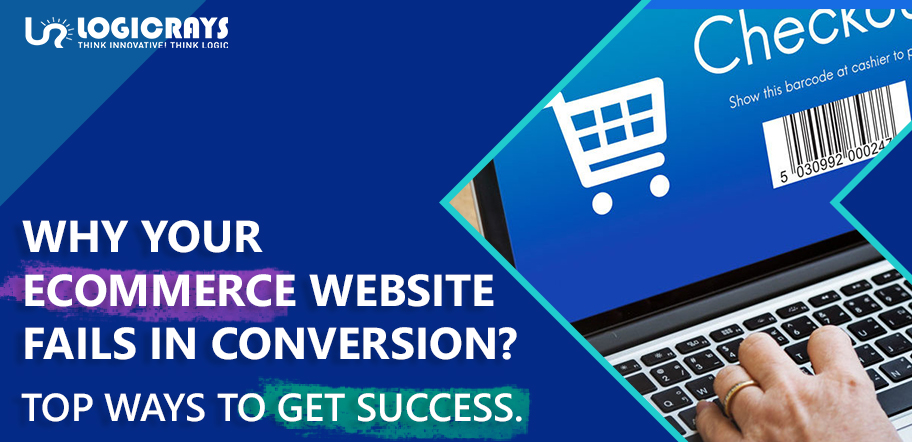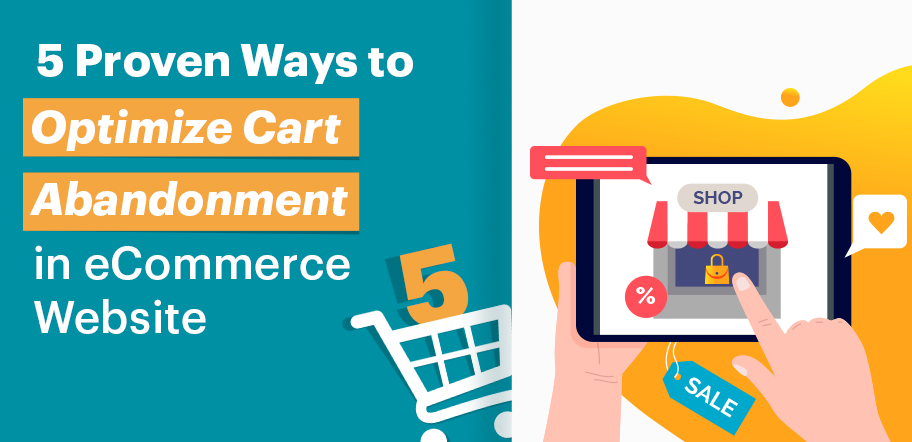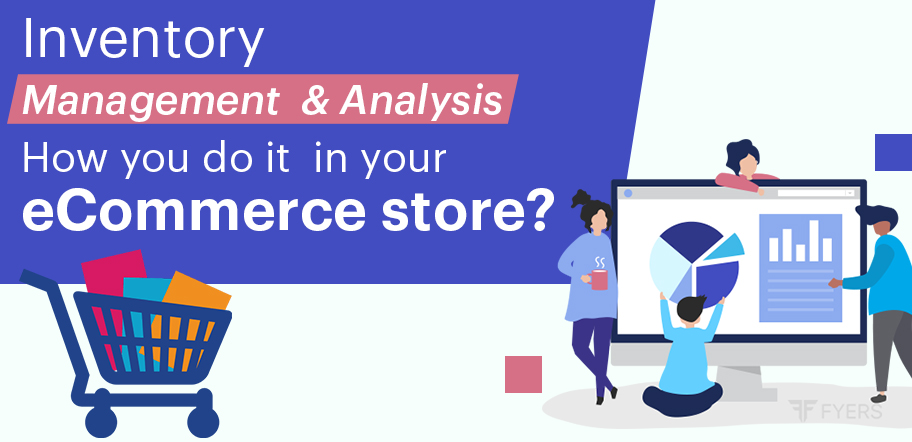What influences buyers to make a purchase?
At first, it’s their needs. But what makes their purchasing decision concrete, repetitively strong towards a certain store and brand?
Since the buying journey is a two-way process, a purchaser is directly influenced by the seller. It could be a brick and mortar store, an online eCommerce store or even a business to business partnership for certain services.
Here the seller is an eCommerce business in the case of eCommerce stores/websites.
And it hits hard when your brand new eCommerce website fails to convert visitors into buyers. It becomes essential to understand pain points behind this.
This blog post intends to get you through the eCommerce websites journey. To make you aware of the possible reasons for failure behind this failure to reach to customers’ understanding and fail to convince them for a purchasing decision.
Check out the quick reasons why your eCommerce website is failing to deliver more conversions? And what stops visitors from becoming loyal customers and how to convert these pain points into success.
Adding More Clarity
Having a clear indication of what your website has to offer has better conversions. The same goes for putting clear calls to actions. Your customers/visitors always have a sense of urgency to locate products and fulfil an action. For example, consider a brick and mortar store selling clothes of various brands. The customers visiting the store are more likely to locate their choices first rather than looking into what store’s interested to sell more.
The same thing happens with online stores. Have clarity in displaying items, directing proper calls to actions helps customers strengthen their purchasing decisions and make stronger choices towards certain brands and stores.
Additionally, proper placement of CTAs increases the visibility of expression. Selling a product is always connected to understand the customer journey. You need to plan the path that the visitors navigate through your online store.
Using certain design elements, colour contrasts and readable texts can form the proper call to action buttons. Also, sometimes hitting the regional aspects to the text could also help influence the buyers.
Here’s the process, how you’d influence your website visitors in the first step:
- Put more clarity in what you sell (Proper navigation of products and pages, ease of language, identification through design elements)
- Proper placement of CTAs (more readable call to action buttons makes more sense to visitors, they shouldn’t find it troublesome to buy the product. Keep it short, quick and readable)
- Use appropriate colour, texture and expressing genuineness
Loading Speed
Here’s what you need to do to make your visitors feel greeted.
Visitors coming to your website are either redirected from the search engine results or they directly typed your eCommerce domain name into the search engine. They would want to be served quickly and well with the content, information on products or list of available products.
This is where your website’s loading speed matters.
You have to be technically correct in this aspect. It includes the selection of eCommerce platforms, optimization of design elements, dead code elimination are necessary factors to look into when it comes to optimizing website speed.
Users are most concerned about what they are looking for and the intention for what they visit online stores. It has to be quick and seamless user experience.
There are plenty of optimization plugins and coding best practices that help you give the best user experience.
Products Grouping & Website Identity
Creating a website’s identity is important for eCommerce merchants. It depicts in the minds of the users and reflects in their buying decisions. It’s like how you see different brands’ images when you recall them. To create a website’s identity, the colour contrast, website components, certain photography and layout are the basic building blocks.
But before you decide on these design elements, decide the business identity you want to reflect through the layout or website look. For example, online grocery stores should express trustworthiness in the quality of food products, and online stores for certain services should express authenticity through their business testimonials.
Products grouping refers to human psychology. People want to scroll down the products fast until they find the ones they are looking to buy. You can categorize the products by specific brands, categories, product colours, or similar features should be grouped in a manner that users find it easy to check out more products.
eCommerce websites with better filtering options and product proximity are more likely to attract the customers to leverage their desire for viewing the products. These are the fundamentals of any eCommerce website. Better products grouping means better engagement rates, and so does the conversions.
One-Click Checkout
Make your customers shopping experience as simple as possible. Complex checkout processes often make the buying experience annoying and stressful. Simple and one-click checkouts make the buying process simple and optimized. Traditional eCommerce websites consider putting an add to cart process before the final buying option. However, with the modern eCommerce Services, you can directly put the single checkout and shorten the process.
Design eCommerce web design layouts with simple and one click away check out options.
Offer flexibility in payment gateways to reduce more cart abandonment ratio.



